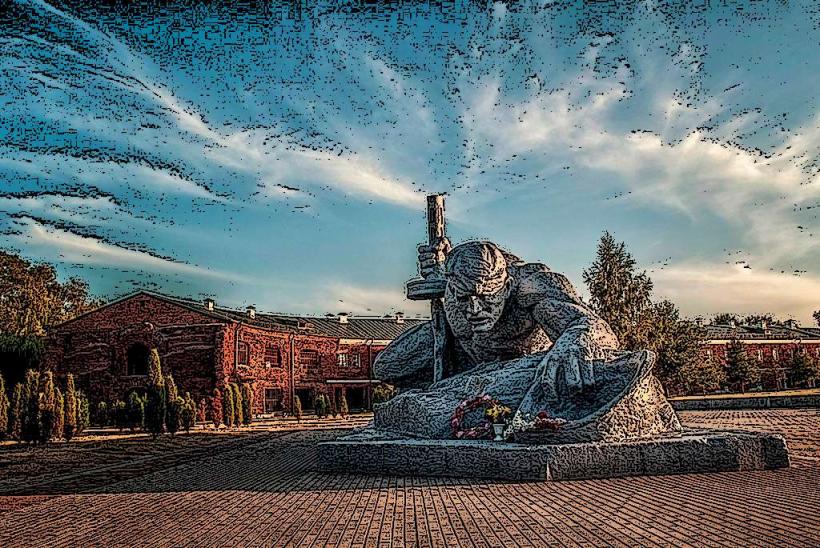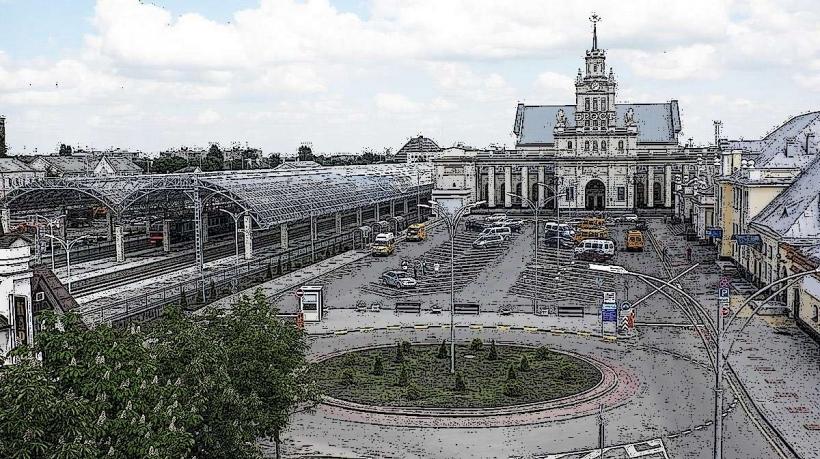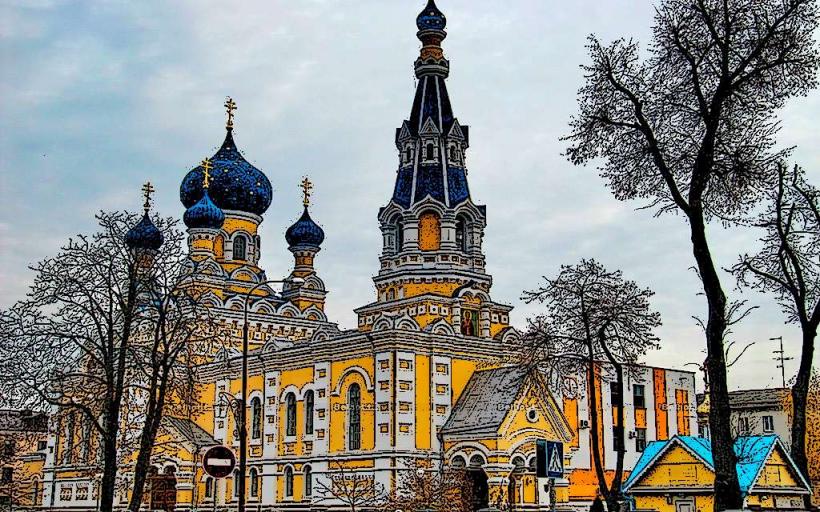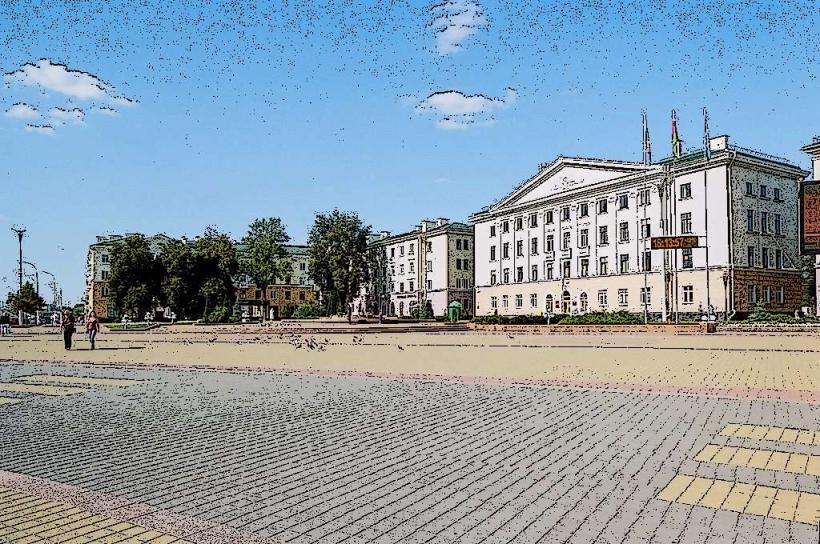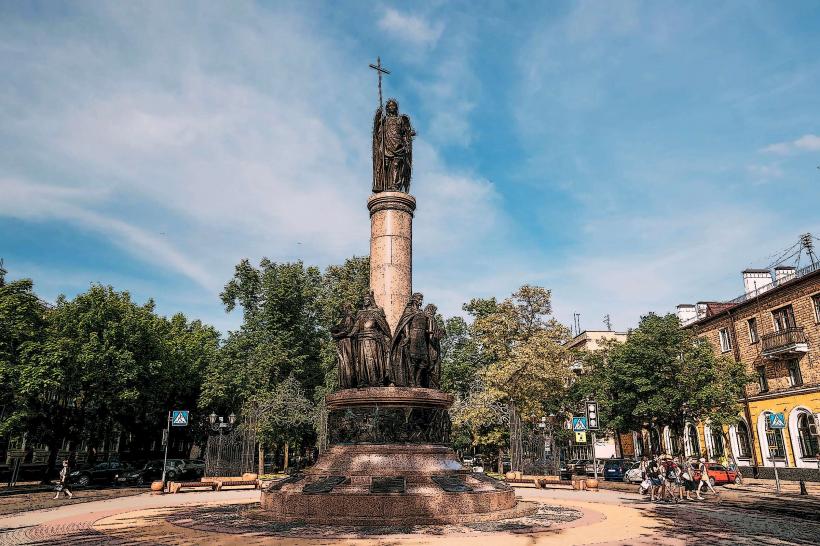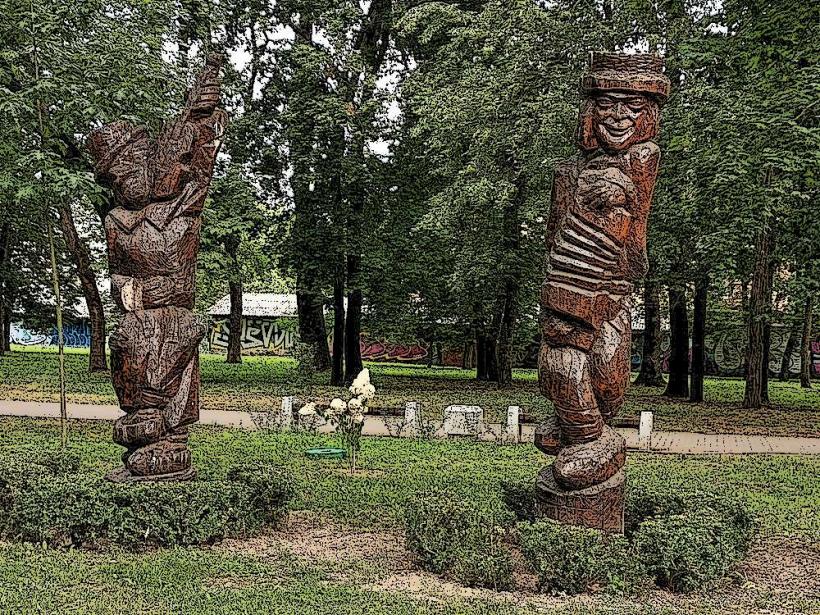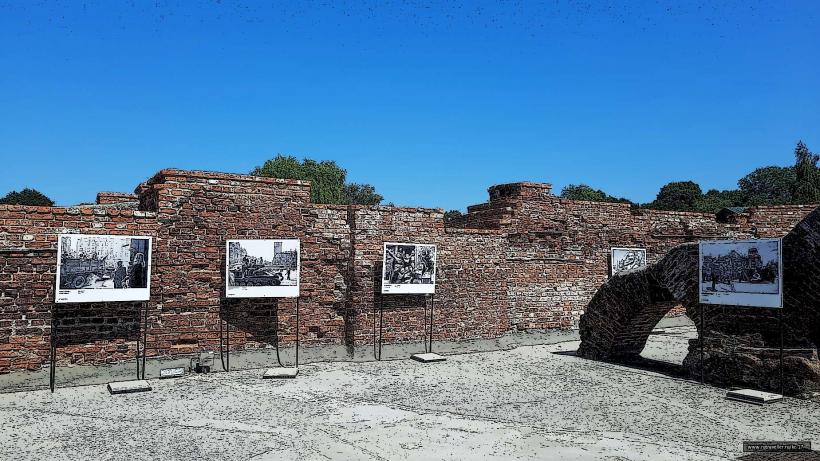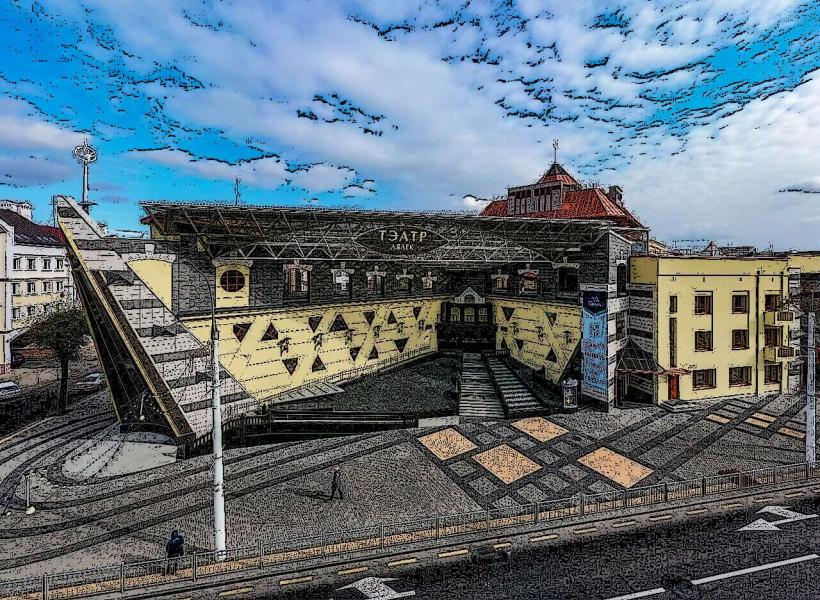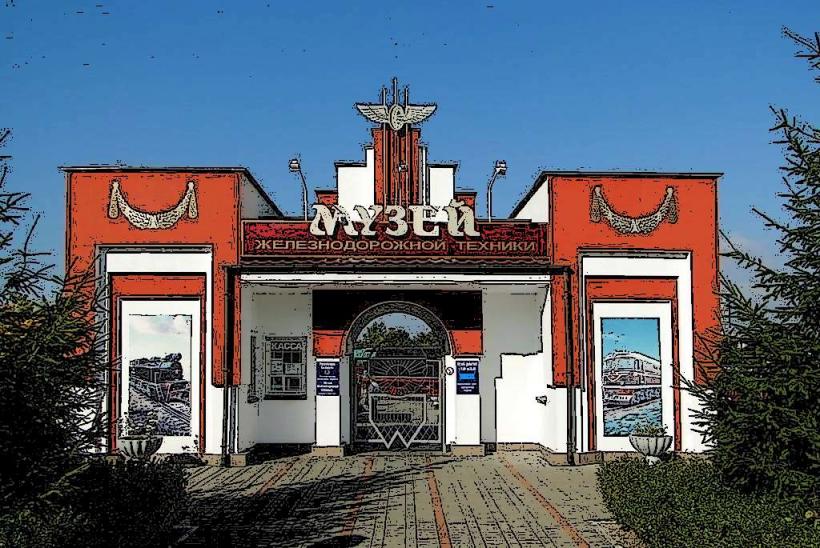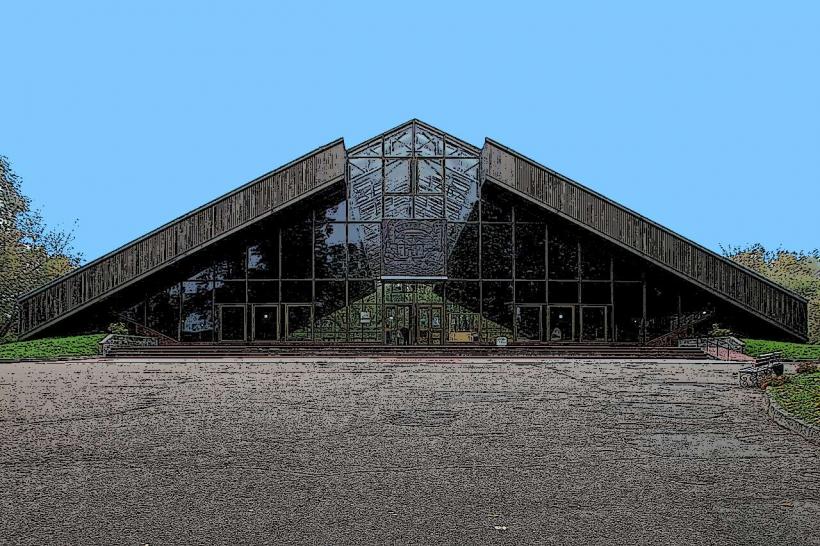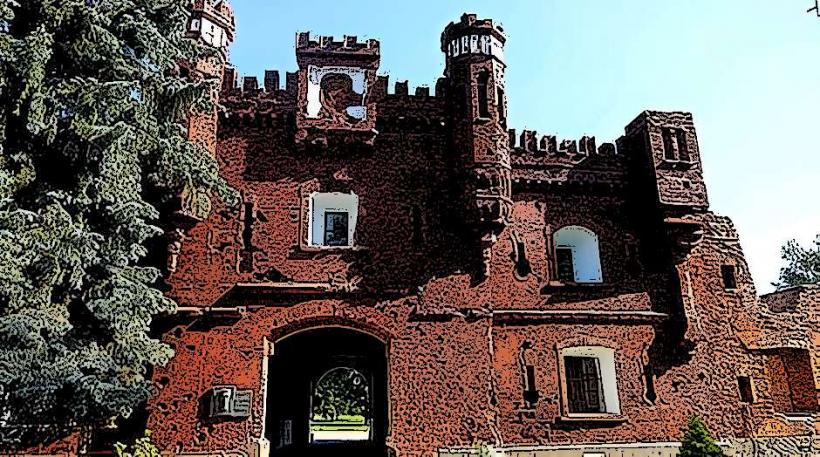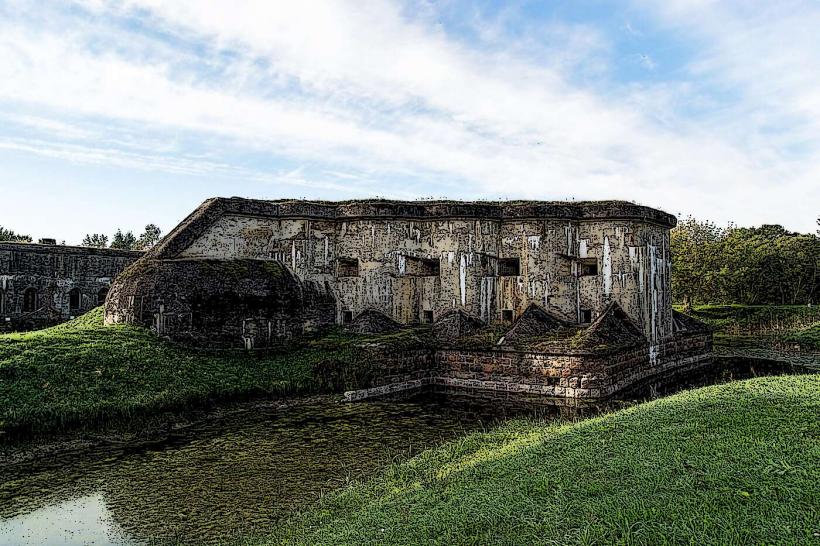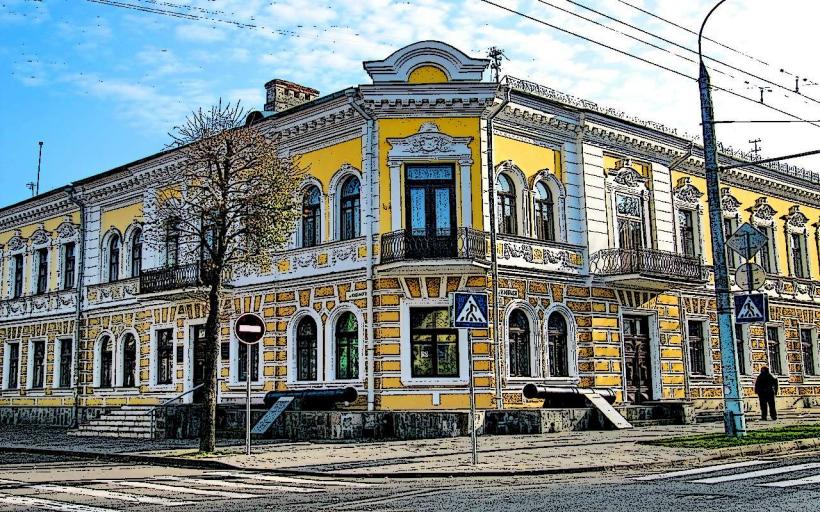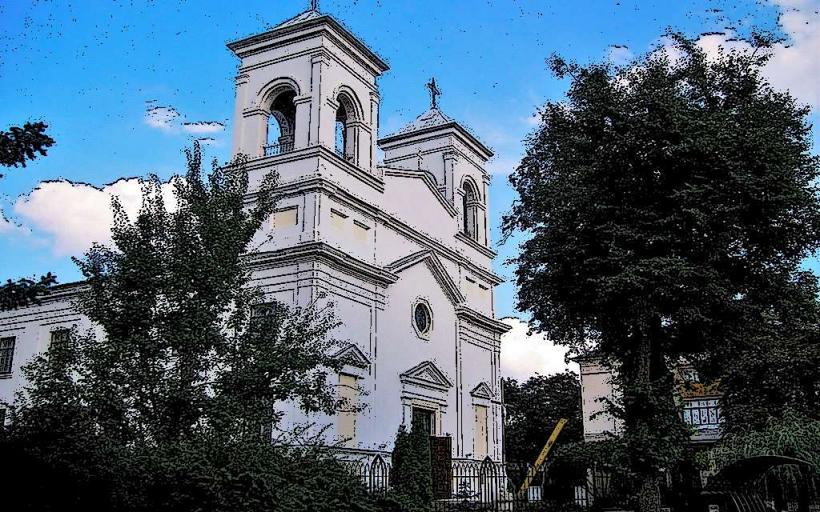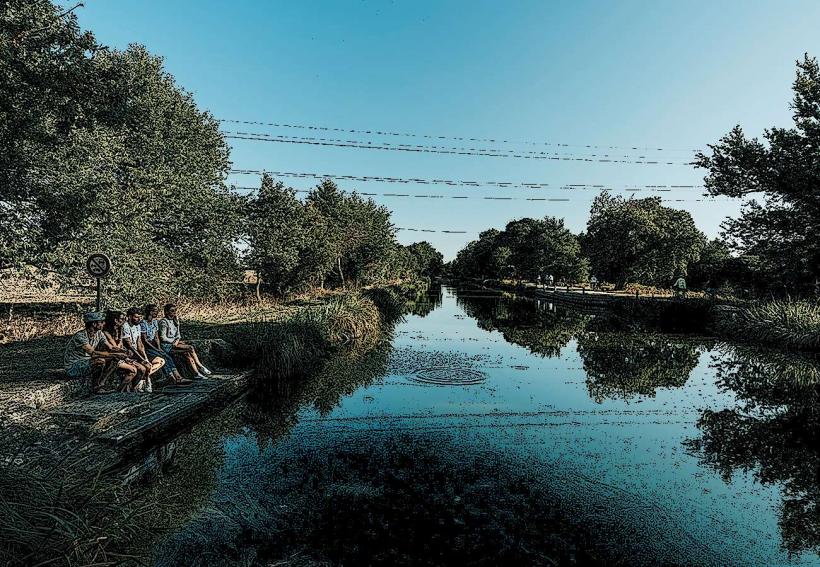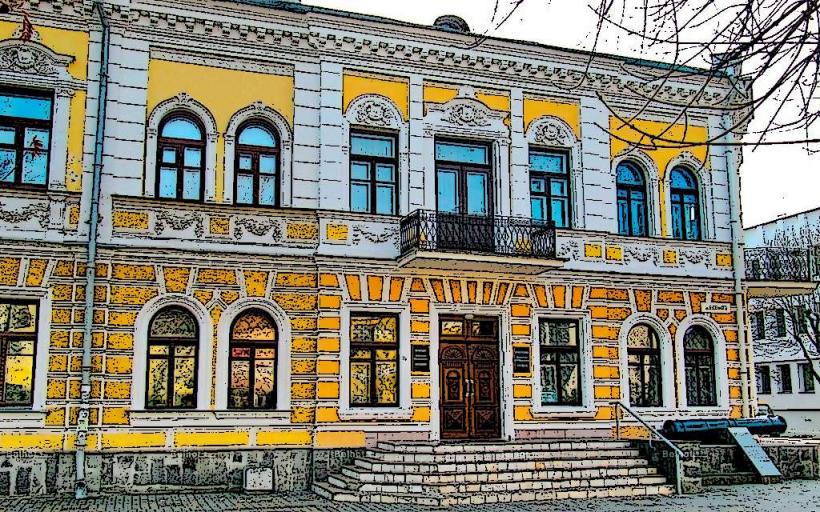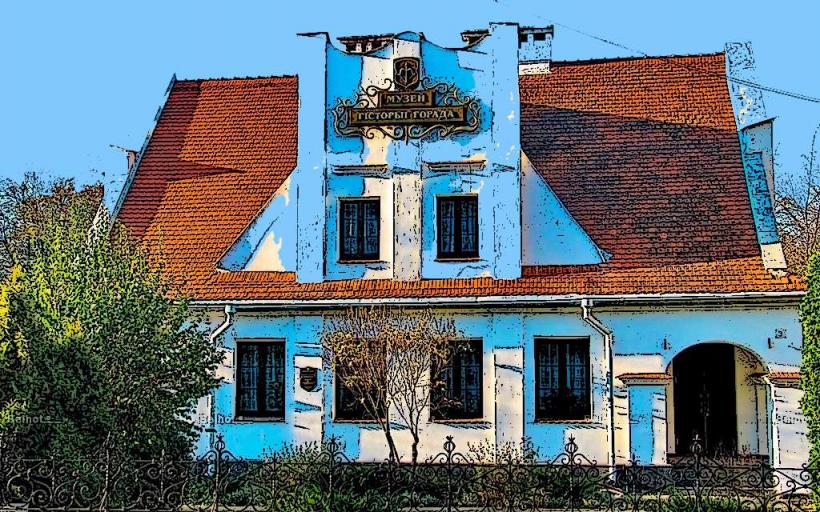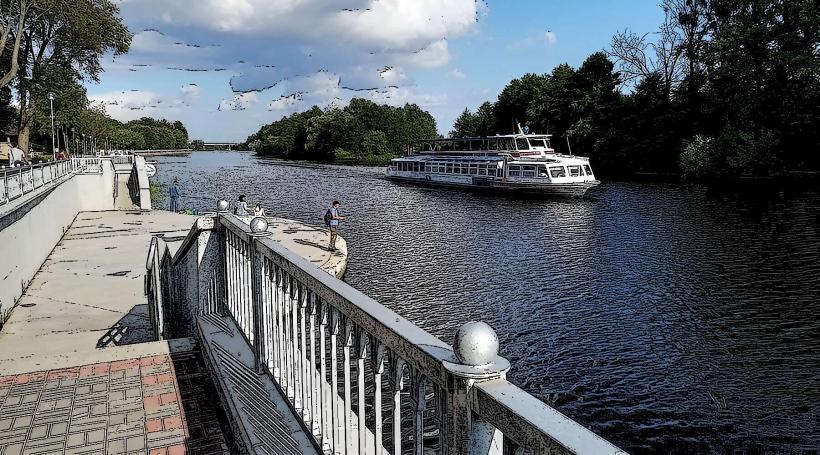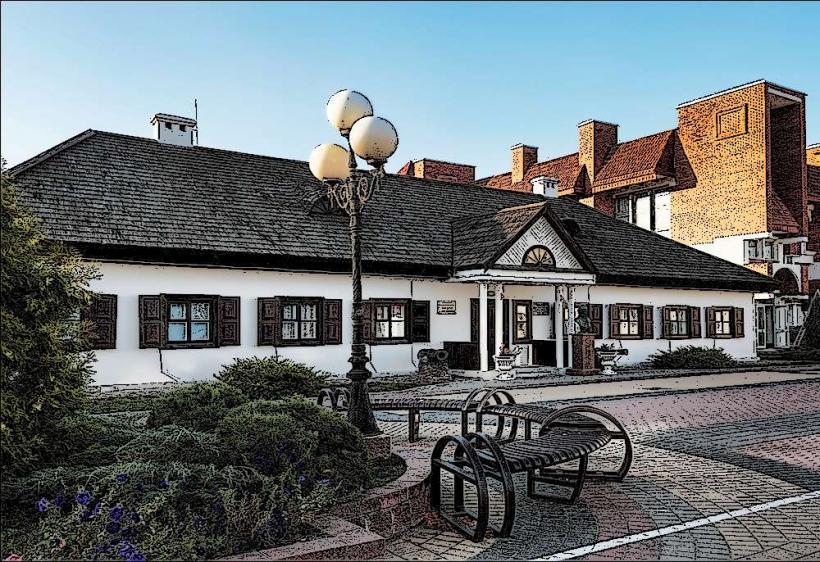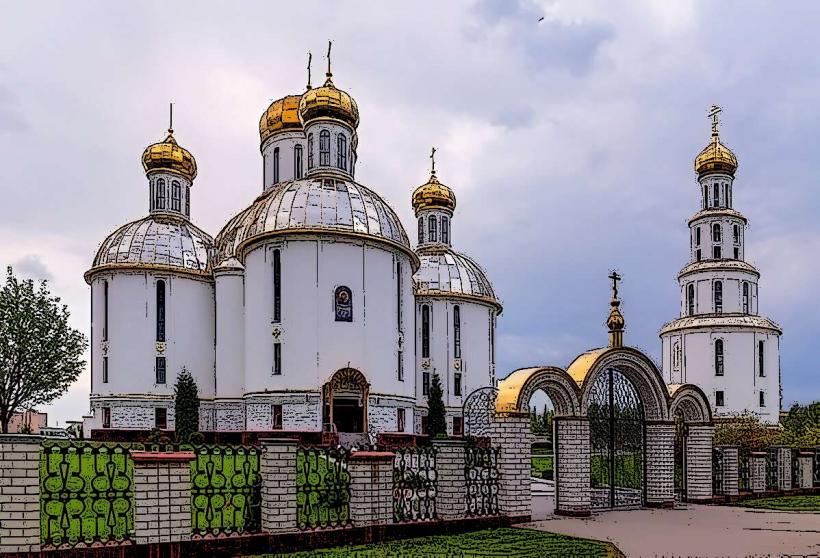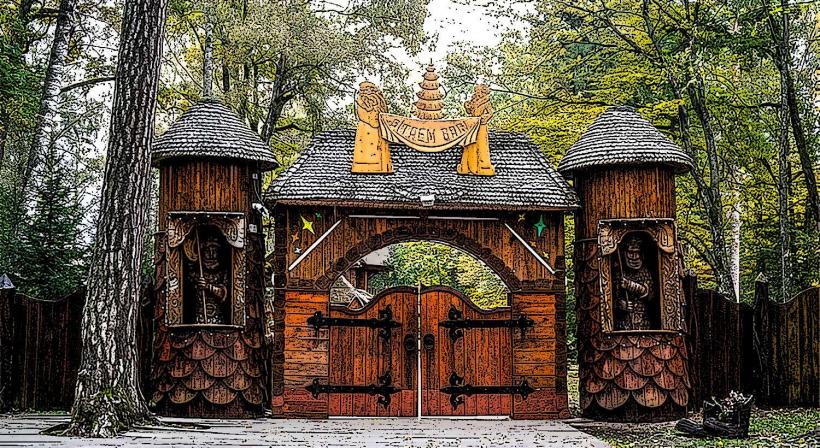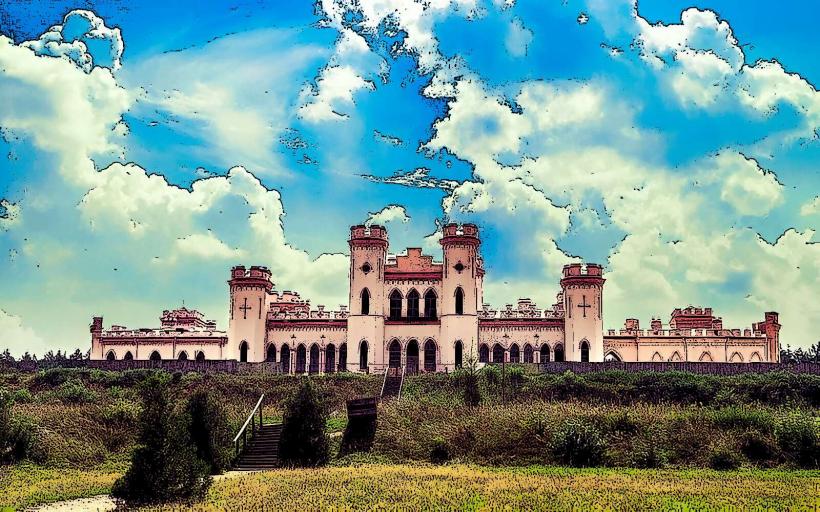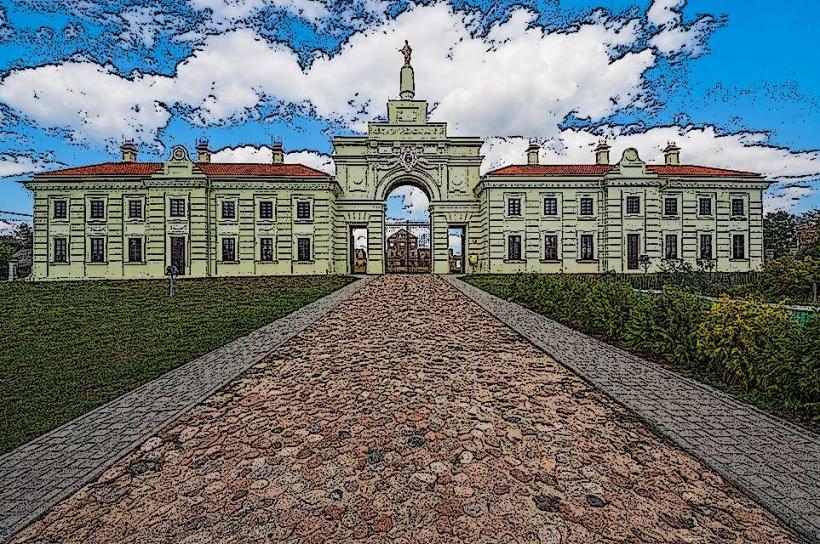Information
City: BrestCountry: Belarus
Continent: Europe
Brest, Belarus, Europe
Overview
Brest, one of Belarus’s oldest cities, sits just a short drive from the Polish border, where the streets still echo with centuries of history, subsequently brest, steeped in history and framed by rolling green hills, stands as a key gateway linking Eastern and Western Europe.Brest, perched at 52.0976° N and 23.6877° E where the Mukhavets meets the Bug River, lies just 3 km from the Polish border-a crossroads for trade and trek for over a thousand years, consequently first recorded in 1019 as Berestye, its name likely comes from the Slavic word for elm or bark.Once part of Kievan Rus’ and later the Grand Duchy of Lithuania, it flourished as a trade hub linking Eastern Europe to the Baltic, at the same time in 1596, it hosted the Union of Brest, uniting many Orthodox Christians with the Pope to form the Eastern Catholic Church.Annexed by the Russian Empire in 1795, it later witnessed the 1918 Treaty of Brest-Litovsk and, during WWII, the fierce defense of Brest Fortress-now marked by an Eternal Flame and looming stone monument, also today, about 350,000 people live here, primarily Belarusians alongside Russian, Polish, and Ukrainian communities, generally Industry ranges from textiles and footwear to food processing, with a Free Economic Zone boosting exports, therefore landmarks include the Berestye Archaeological Museum’s preserved medieval streets, 19th-century St. Simeon Cathedral, and lively Sovetskaya Street lined with cafés and pastel façades, after that nearby, Belovezhskaya Pushcha’s ancient forest shelters European bison, while the Mukhavets River embankment offers quiet evening walks.The city hosts universities, theaters, and festivals, and serves as a major rail link to Poland, after that belarusian and Russian dominate daily life, though Polish is common; local tables offer draniki, borscht, and other dishes shaped by centuries of cultural blending.Brest draws visitors year-round, especially on Victory Day and during the Festival of Lights, even as it navigates modernization and environmental challenges at the edge of the EU, then it shapes Belarus’s history in a grand way and greets visitors with warmth, like the smell of fresh bread drifting from a market stall.
Author: Tourist Landmarks
Date: 2025-10-29
Landmarks in brest

